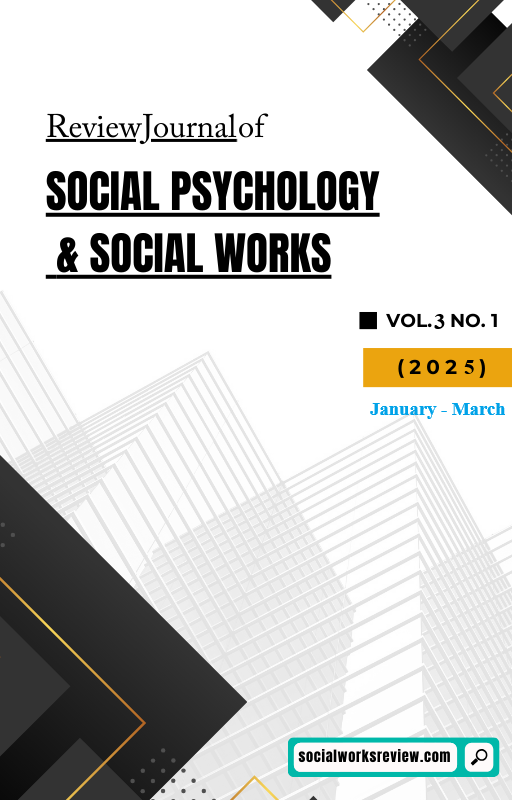Impact of Global Mineral Supply Chain Dynamics on Local Economies
DOI:
https://doi.org/10.71145/rjsp.v3i1.94Keywords:
Impact, Global Mineral, Supply Chain, Dynamics, Local EconomiesAbstract
The raw mineral supply chain supports the manufacturing, energy, electronics and construction industries. Nonetheless, rising demand for metals such as lithium, copper and rare earth metals has presented new geopolitical and supply chain risks associated with price volatility. This work examines how these global conditions affect employment and income distribution of mineral-dependant regions for economic performance and policy measures. Quantitative data was obtained by administering a survey questionnaire to stakeholders identified in mineral-revenue-generating regions. All the gathered data was processed with SPSS, and the regression and ANOVA tests were used to evaluate the significance of supply chain factors. The analysis variables included automation, economic oscillation, and governmental participation. Each of these was analysed to determine its influence on personal income and employment. Data also shows that the impact of price differences and automation tendencies on income and employment rates is not statistically strong. However, business conditions and employment automation appear to be stochastic factors affecting economic resilience, meaning business stimuli require policy intervention. To avoid unforeseen adversities of supply chain risks of minerals in the future, it is thus revealed that governments and international organizations must develop sustainable policies, invest in the skills development of their human capital and diversify economic activities. In future studies, some other variables of the macroeconomic environment should be included together with regional considerations, and sophisticated econometric techniques should be used. This will also be useful to policymakers, industries and communities that wish to establish highly integrated and flexible systems for mineral-bearing countries.





